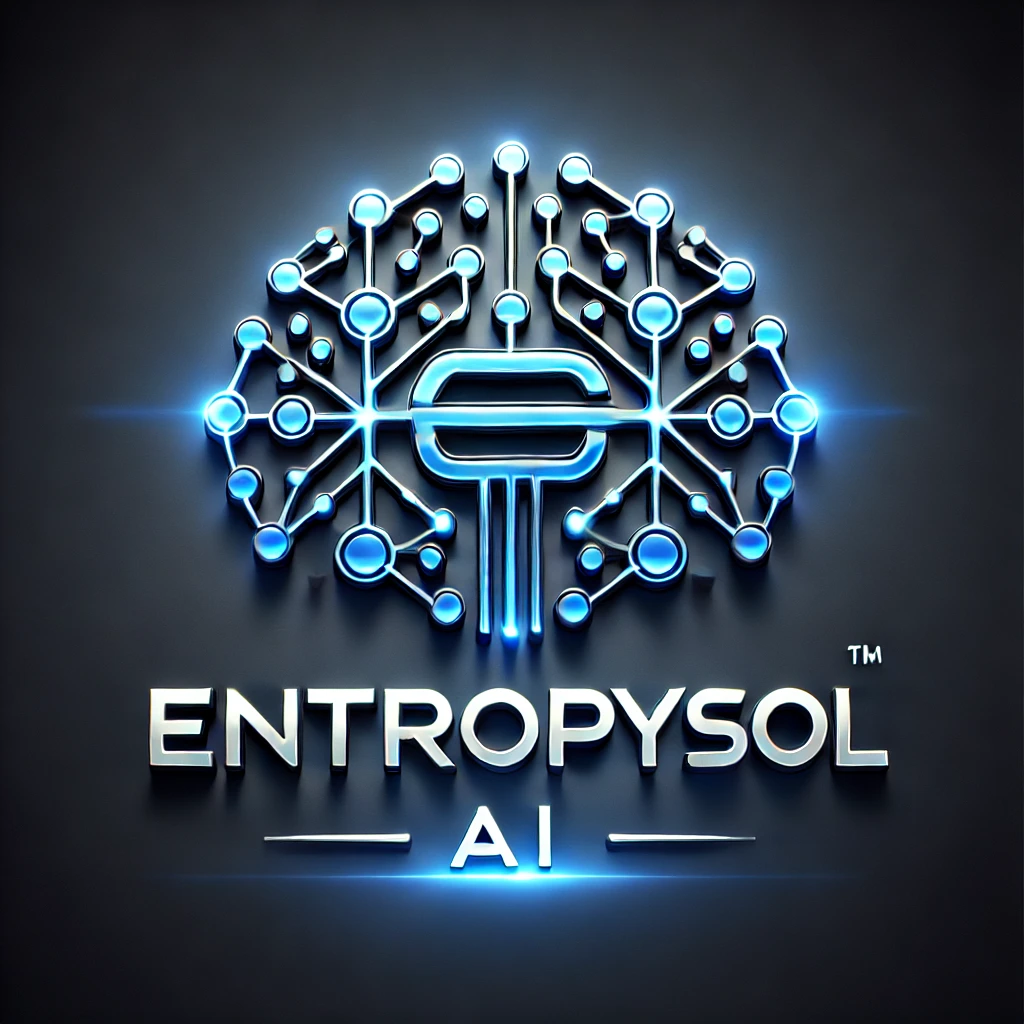-
Supervised vs. Unsupervised Models: Choosing the Right AI Learning Approach
In the expansive landscape of machine learning, the approach you take to train your AI models fundamentally shapes their capabilities. The two primary paradigms that dominate the field are Supervised Learning and Unsupervised Learning. Understanding the core differences between these two methodologies is crucial for anyone looking to build effective AI solutions, as each is…
-
Shallow vs. Deep Neural Networks: Understanding the Depth of AI Learning
In the fascinating world of artificial intelligence, neural networks form the computational backbone for many advanced applications. These networks are broadly categorized by their “depth”—specifically, the number of hidden layers they possess. Understanding the distinction between Shallow Neural Networks and Deep Neural Networks is crucial for comprehending their capabilities, limitations, and how they contribute to…
-
Predicting Continuous Values: Building Regression Models with Keras
In the vast landscape of artificial intelligence, models capable of forecasting numerical outcomes are indispensable. This is where regression models come into play, providing the power to predict continuous values like housing prices, stock trends, or temperature fluctuations. For developers and data scientists looking to build such predictive systems with efficiency and flexibility, Keras emerges…
-
Building Powerful Predictive Systems: Classification Models with Keras
In the world of artificial intelligence, the ability to categorize data accurately is paramount. This task, known as classification, forms the backbone of countless applications, from identifying spam emails to diagnosing medical conditions. When it comes to building these predictive systems, Keras stands out as a highly popular, user-friendly, and powerful deep learning API. Integrating…
-
Decoding the Learning Engine: Activation Functions, Vanishing Gradients, and Gradient Descent in Neural Networks
At the heart of every powerful neural network lies a sophisticated learning mechanism driven by key concepts: Activation Functions, the challenge of the Vanishing Gradient, and the optimization algorithm known as Gradient Descent. Understanding these components is crucial for grasping how neural networks learn complex patterns and make accurate predictions. Let’s delve into these fundamental…
-
Natural Language Processing (NLP): Bridging the Gap Between Humans and Machines
In the age of intelligent machines, Natural Language Processing (NLP) emerges as a critical technology, enabling computers to understand, interpret, and generate human language. This field, at the intersection of computer science, artificial intelligence, and linguistics, is transforming how we interact with technology, making it more intuitive and seamless than ever before. From virtual assistants…
-
Deep Learning Demystified: Unlocking AI’s Most Advanced Capabilities
In the evolving journey of artificial intelligence, Deep Learning stands as a revolutionary leap forward. As a specialized subset of machine learning, Deep Learning harnesses highly complex Artificial Neural Networks to achieve unparalleled performance in tasks that were once thought to be exclusively human domains. It’s the driving force behind many of the most impressive…
-
Artificial Neural Networks Unleashed: Powering the Future of AI
In the dynamic realm of artificial intelligence, where innovation sparks daily, one foundational technology consistently stands out: Artificial Neural Networks (ANNs). These remarkable computational models, inspired by the human brain’s incredible architecture, are the invisible engines driving many of the AI advancements we experience today. From sophisticated language understanding to accurate image recognition, ANNs are…
-
The Magic Behind Neural Networks: Forward and Back Propagation Explained
In today’s AI-powered world, neural networks form the backbone of technologies driving everything from self-driving cars to chatbots and image recognition systems. But what makes these networks so effective? The secret lies in two fundamental processes: forward propagation and backpropagation. Understanding these mechanisms is essential for anyone looking to grasp the foundations of deep learning…
-
Why Retrieval-Augmented Generation (RAG) is the Future of AI: Unlocking Scalable, Reliable Knowledge in Real Time
In the fast-evolving world of AI, where large language models (LLMs) dominate headlines, one technology stands out for its accuracy, efficiency, and real-time adaptability — Retrieval-Augmented Generation (RAG). With generative AI models like GPT-4, Claude, and LLaMA making waves, the question arises: how do we ensure these systems stay accurate, context-aware, and trustworthy, especially in…
